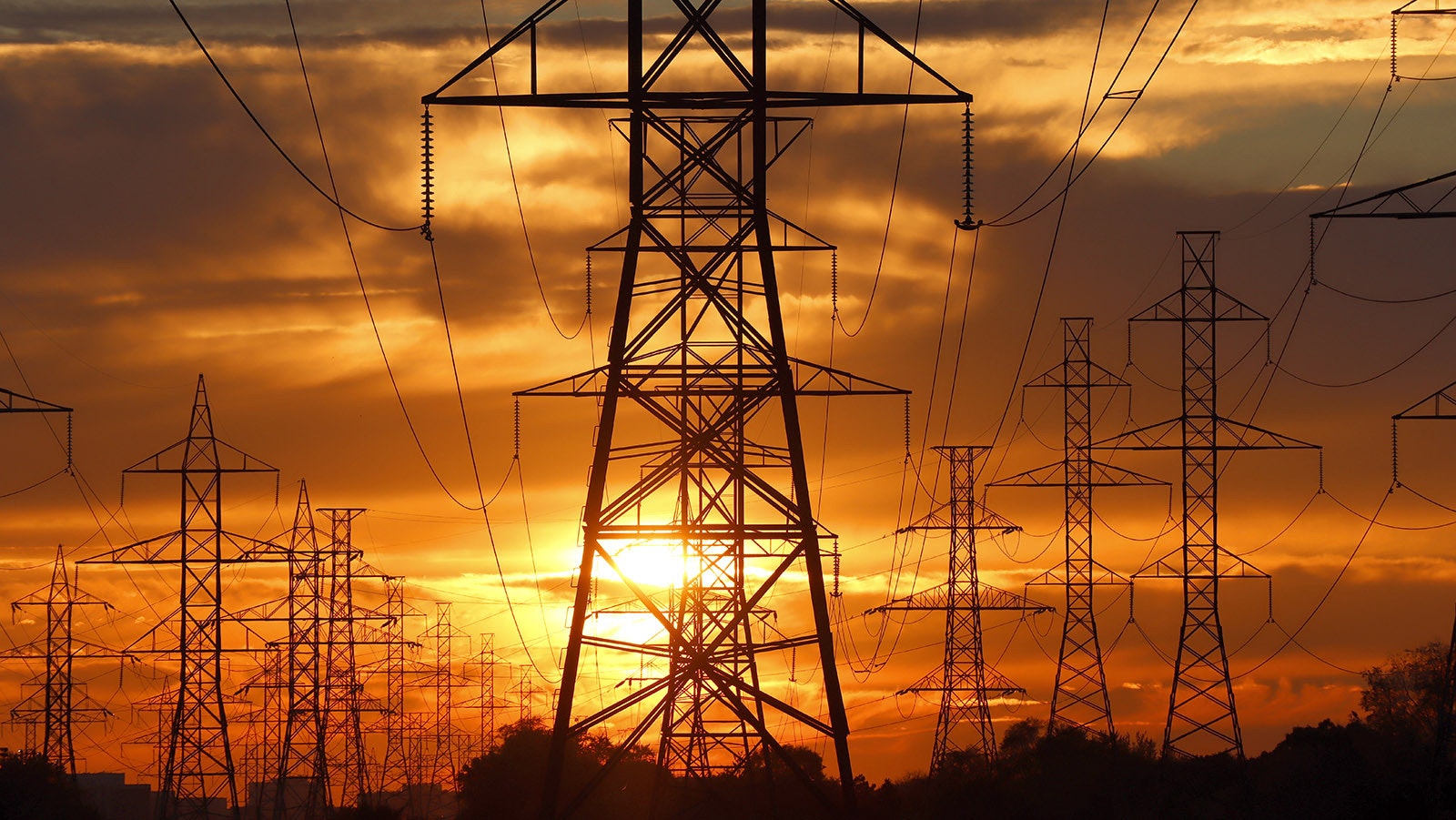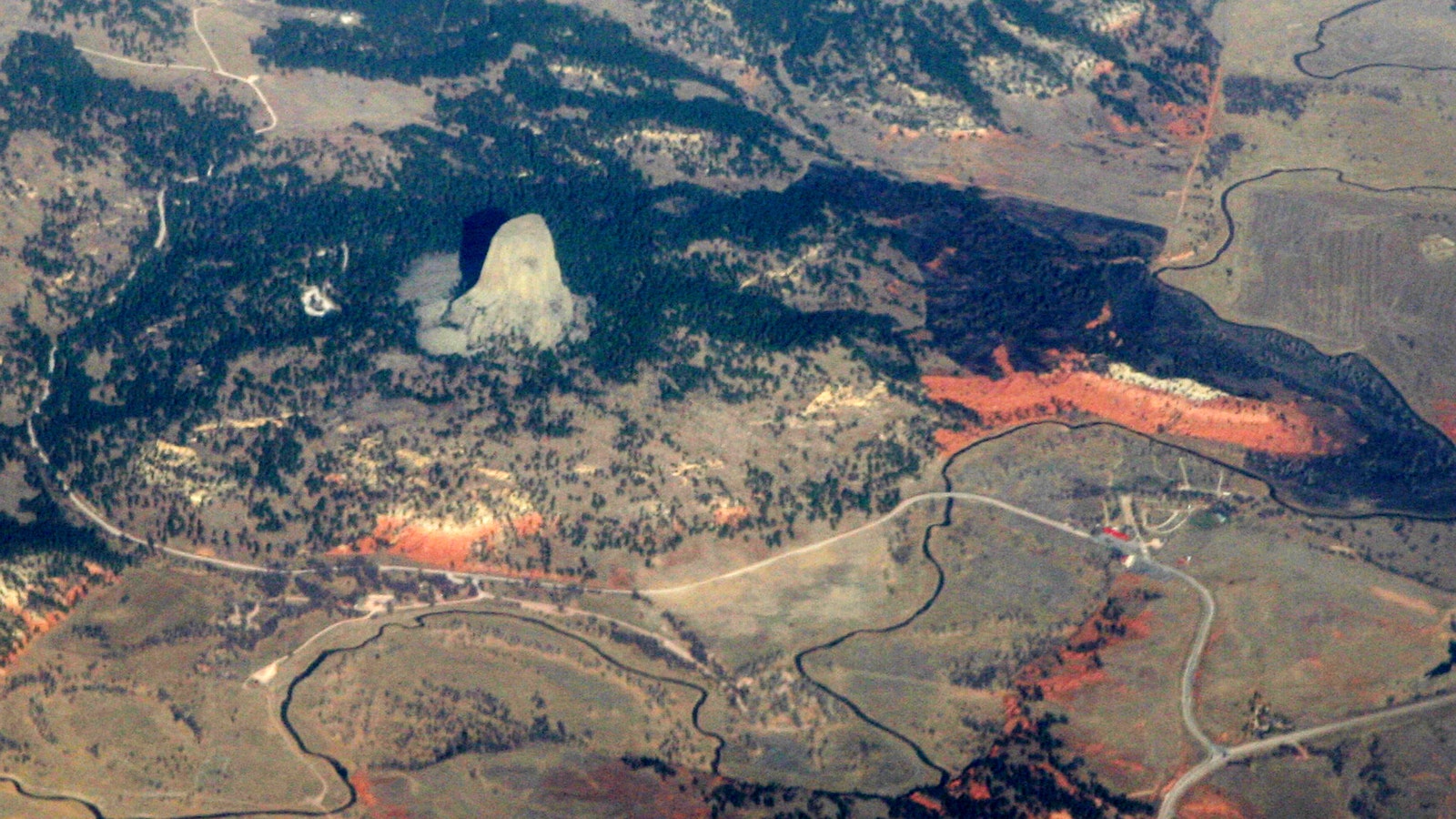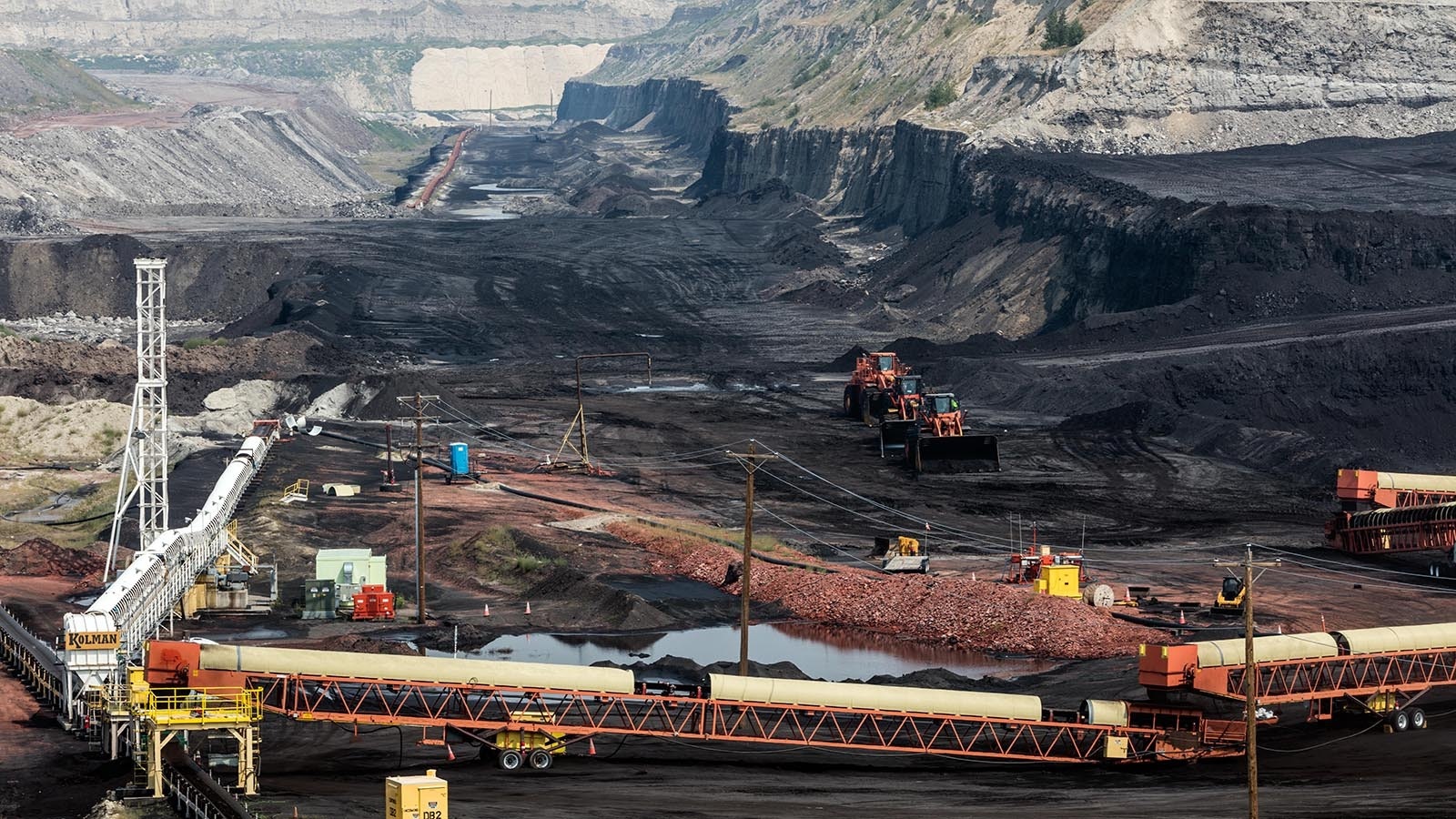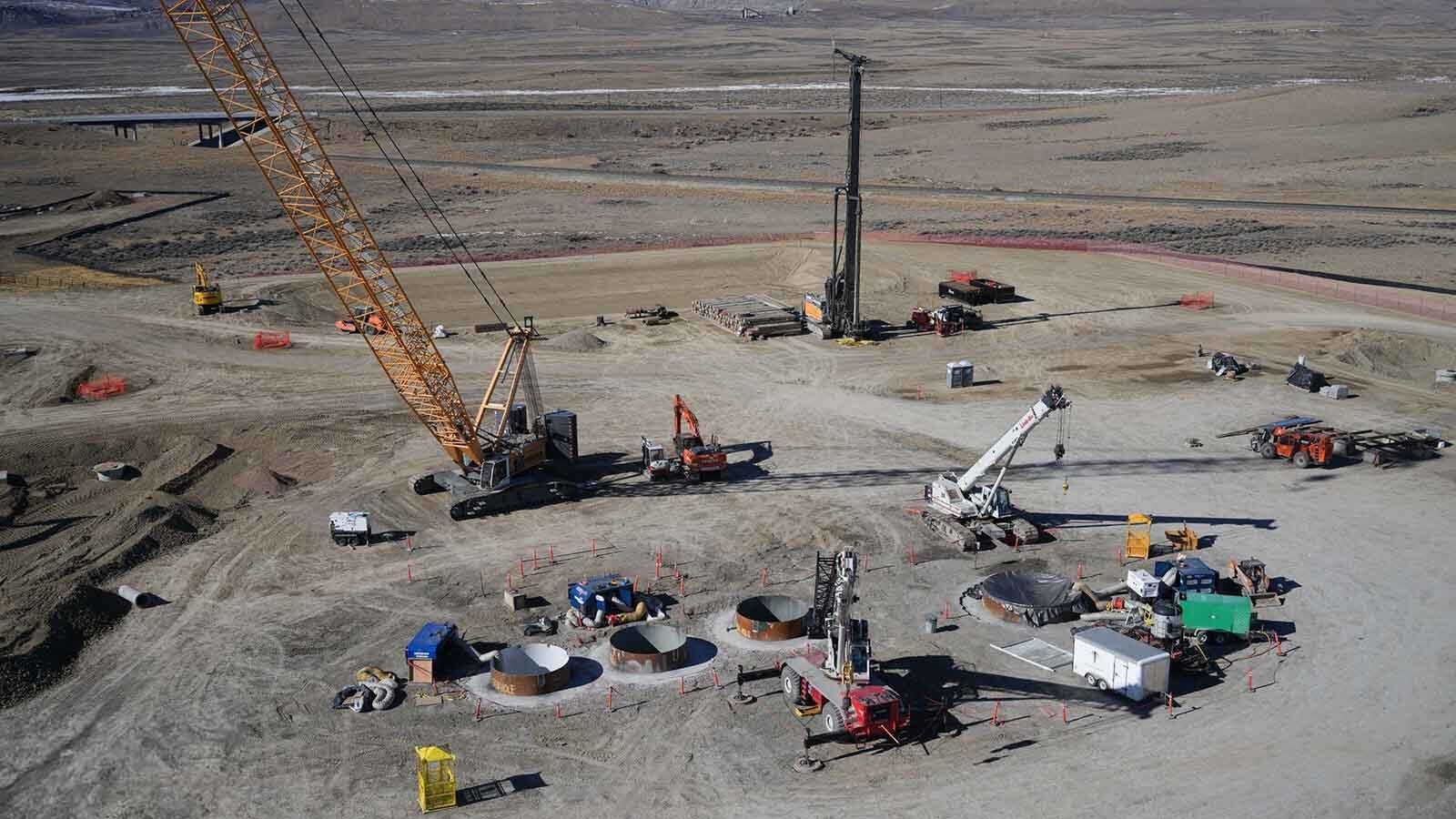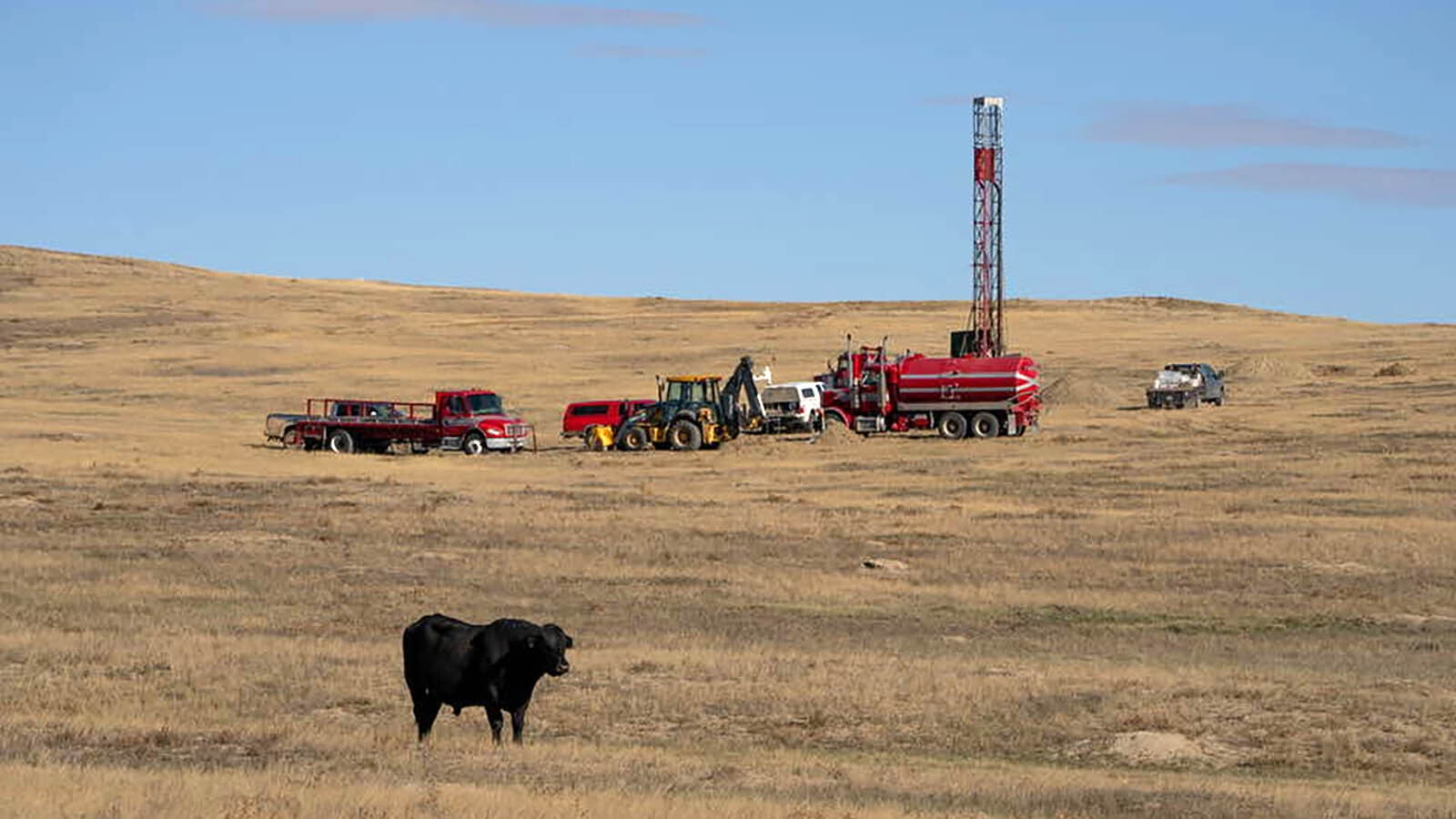The electricity grids that serve Wyoming have enough generation resources to meet demand this summer — unless it gets too hot.
If too many people start running their air conditioners during a widespread heat event, rolling blackouts, even here in Wyoming, are possible.
That’s the conclusion of the “2023 Summer Reliability Assessment,” an annual report by the North American Electric Reliability Corporation (NERC), an organization that’s tasked with overseeing grid reliability.
“Year after year, in recent events both summer and winter, it clearly shows the system is close to its edge, and more needs to be done to bolster the system's resilience,” said John Moura, director of reliability assessment for NERC, in a webinar Wednesday.
Steady Deterioration
Moura said that over the past five years, there’s been a “steady deterioration of the risk profile on the grid.”
Those began with small, elevated risks in California and Texas, Moura said, but that level of concern now spreads across two-thirds of the country.
The primary factors driving that change, Moura explained, is the retirements of coal-fired power plants over the last couple of years, in addition to increased demand on the system.
“We're electrifying more than we've ever had in the past,” Moura.
Most of Wyoming’s electricity needs are served by the northwest section of the U.S. Western Interconnection.
Since last summer, the assessment determined, the demand for electricity on that part of the western grid increased 5.2%.
Blackouts
The assessment determined that during normal peak demands, the resources on the interconnect will be available to keep the lights on.
Should a heat event over a wide area exceed normal peak demands, however, the grid will need to scramble to either transport more energy into the area or shed loads, which means rolling blackouts. During such a heat event, the assessment warns, wildfires may limit electricity transfers.
In this scenario, the problems would likely begin in the late afternoon and evening hours when demand is high and solar resources are diminished.
The Southwest Power Pool, which serves a sliver of eastern Wyoming, is also stressed by increasing demand and declining resources. The assessment states that wind generators during peak demand will be key to preventing blackouts.
If the wind stops blowing, as it often does on hot days, the grid will need to shed loads or import power.
Not A Prediction
Moura said that the assessment isn’t a prediction, so the report doesn’t lay out what will happen over the summer.
“We’re not looking at the most likely outcome of conditions and have that expectation,” Moura said.
Instead, he said the assessment puts forth scenarios to determine how well these areas of the nation are positioned to withstand extreme events. It looks at what would happen during such an event if there isn’t enough wind resource or if the daily low temperatures are high, and then it determines if the resources under such a scenario could meet demand.
Critical Linchpin
Mark Olsen, manager of reliability assessments at NERC, said that natural gas-fired generation is important to the reliability of the grid, and the infrastructure to deliver the fuel is vital to keep that resource available.
Even if more renewable energy comes online, natural gas generation is important to grid reliability because it balances the intermittency of wind and solar.
Moura said that the United States is using gas on the system in a way it’s never done before.
“It’s becoming a critical linchpin to the overall reliability outcome,” he said.
Gas supplies become more of a difficult issue during the winter, because it’s used for residential heating as well.
Essential Coal
The closure of coal mines and transport issues also impact grid reliability, according to the report.
During a question period of the webinar, Moura told Cowboy State Daily that coal is not so important in balancing the grid resources. It doesn’t easily ramp up and down like most natural gas generation can.
However, coal as a resource for baseload power is not only important, it’s “essential,” Moura said.
“I can overstate the importance of coal to be there and to ensure we have fuel on site,” he said.
EPA Regulations
Olsen discussed the proposed EPA rules that are likely to drive further retirements of and restrictions on coal and natural gas generation.
“The industry and the stakeholders need to be vigilant for emissions rule constraints that could affect generator dispatch,” Olsen said.
Moura said that it’s important for consumers to understand the challenges that utilities are facing in trying to maintain reliability on the grid with ever increasing intermittent resources, and that they should be supporting policies that allow for “a much smoother transition.”
“The system simply cannot be changed overnight,” Moura said.
Contact Kevin Killough at Kevin@CowboyStateDaily.com

